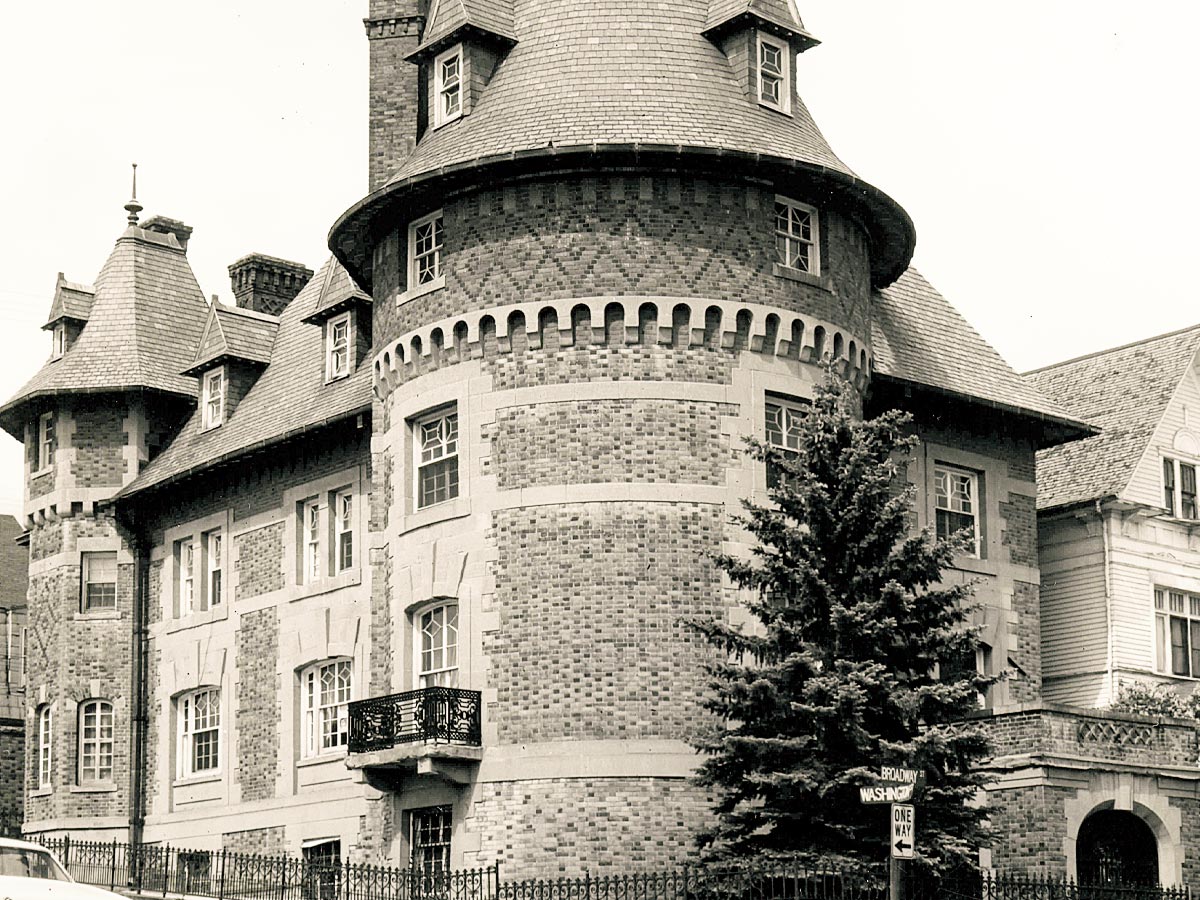This article contains affiliate links. As an Amazon Associate we earn from qualifying purchases.
Butte is one of Montana’s numerous historical treasures. Or maybe treasure chest is a more accurate term, with a wealth of historically significant buildings, regions, and archaeological sites recognized by a combination of federal, state, and local entities.
For example, at 15.2 square miles, Butte incorporates one of the largest districts listed on the National Register of Historic Places, which is run by the National Park Service. Listed structures include the iconic Charles Clark Mansion (aka the Fez Club) with its distinct rounded tower as well as the humble Shaffer’s Chapel African Methodist Episcopal Church.
The Butte-Silver Bow Historic Preservation Office is leading a similar local effort to recognize and preserve Butte’s historic structures and neighborhoods. And like many communities, Butte also has a grassroots historical society.
On top of all that, and typically interacting at all levels—federal, interstate, regional, and local—is Montana’s State Historic Preservation Office.
Confusing? You’re not alone.
First, let’s look at the big picture.
National Register of Historic Places
In 1966, President Lyndon Johnson and Congress acted together to pass the National Historic Preservation Act. It built on earlier legislative efforts to combat an ongoing trend toward urban renewal, which at that time was responsible for razing more than 12 thousand historic structures nationwide.
The NHPA set federal-level preservation policies, created partnerships with tribes, and established historic preservation offices for US states and territories.
It also created the National Register of Historic Places, whose multi-level mission is another factor in the confusion surrounding historic preservation.
The NRHP is the overall list of federally recognized historic properties, including buildings, structures, sites, districts (like Butte-Anaconda), and objects.
Sites include places where battles were fought, significant locations such as where the Northern Pacific Railroad was completed in 1883, sacred places like a pictographic cave in Yellowstone National Park, and the Billings Community Mausoleum recently nominated for inclusion in the NRHP.
Structures include the Big Horn Powder River Bridge in Treasure County and the Powell County MacDonald Pass Airway Beacon.
The Cat Creek Oil Field sign in Broadwater County is one of only two registered objects in the NRHP, which contains nearly 950 listings, the bulk of them buildings.
Districts might contain a combination of sites, objects, buildings, and structures—the likes of Glacier National Park, Custer National Forest, and the whole town of Pony.
Within the NRHP, some listings are of particular significance, thus they are “landmarks.” Within the United States and its territories are 2,697 landmarks, and the state of Montana alone has 30, ranging from Glacier’s Going-to-the-Sun Road to the house of Montana painter Charles M. Russell in Great Falls.
States, tribes, and federal agencies can nominate a place to the NRHP, which examines the historical significance of the place tied to architecture, notable individuals, or events relating to the property in consideration.
A person may have financial incentive to list a property, typically a tax credit, which in Montana is administered by the State Historic Preservation Office and would depend on the building and its use.
Use of the building itself is not impacted by inclusion in the registry, unless Federal money or ownership is involved.
The NRHP “places no restrictions on what a non-federal owner may do with their property up to and including destruction, unless the property is involved in a project that receives Federal assistance, usually funding or licensing/permitting.”
Local Efforts
Restrictions on changes, including destruction of a registered property, as well as local tax incentives, are some of the more significant differences between the NRHP and local preservation ordinances.
In Montana these are called Certified Local Government communities, according to Kate Hampton, Community Preservation Coordinator at Montana State Preservation Historical Office. Sixteen of these CLG communities exist in our state.
“Some of these programs focus on education and outreach exclusively, while others include some design review and zoning,” said Hampton. “Communities including Bozeman and Missoula have ‘overlay zones,’ rather than designated local registers, and within those zones the local preservation commissions/historic preservation officers have some review responsibilities.”
Additionally, Billings, Red Lodge, Virginia City, Anaconda, and Livingston also review projects in their National Register-listed downtown historic districts, according to Hampton.
The nomination process varies according to individual CLG, as do the impacts to the owner. In Butte, for example, you can’t knock down a turn-of-the-century building and put up a modern four-plex.
But CLGs aren’t just about what cannot be done to arbitrarily impact an area’s historic character. They’re also about what can be done to improve an area.
Benefits of Historic Districts
According to the National Trust for Historic Preservation, establishing historic districts offers many benefits for a community. These districts provide educational opportunities and can be tourism focal points. They tend to appreciate faster than non-protected historical regions, and they establish a framework for preservation that maintains the unique character of the community.
One of the most significant benefits, according to the National Trust for Historic Preservation, is the ability of community members to have an active voice in their future.
“Making these decisions together in a structured way rather than behind closed doors or without public comment gives everyone involved a sense of empowerment and confidence.” MSN










